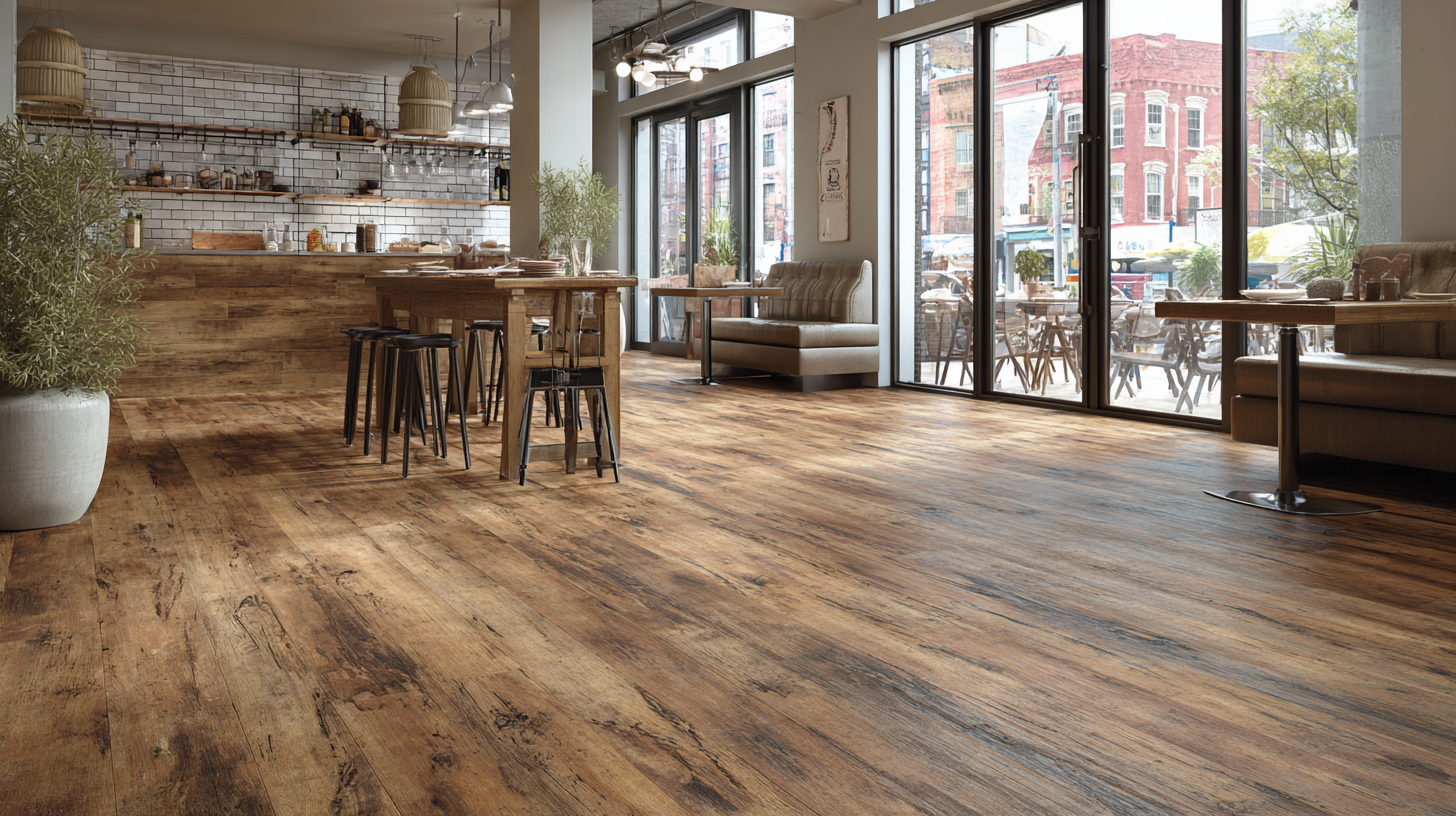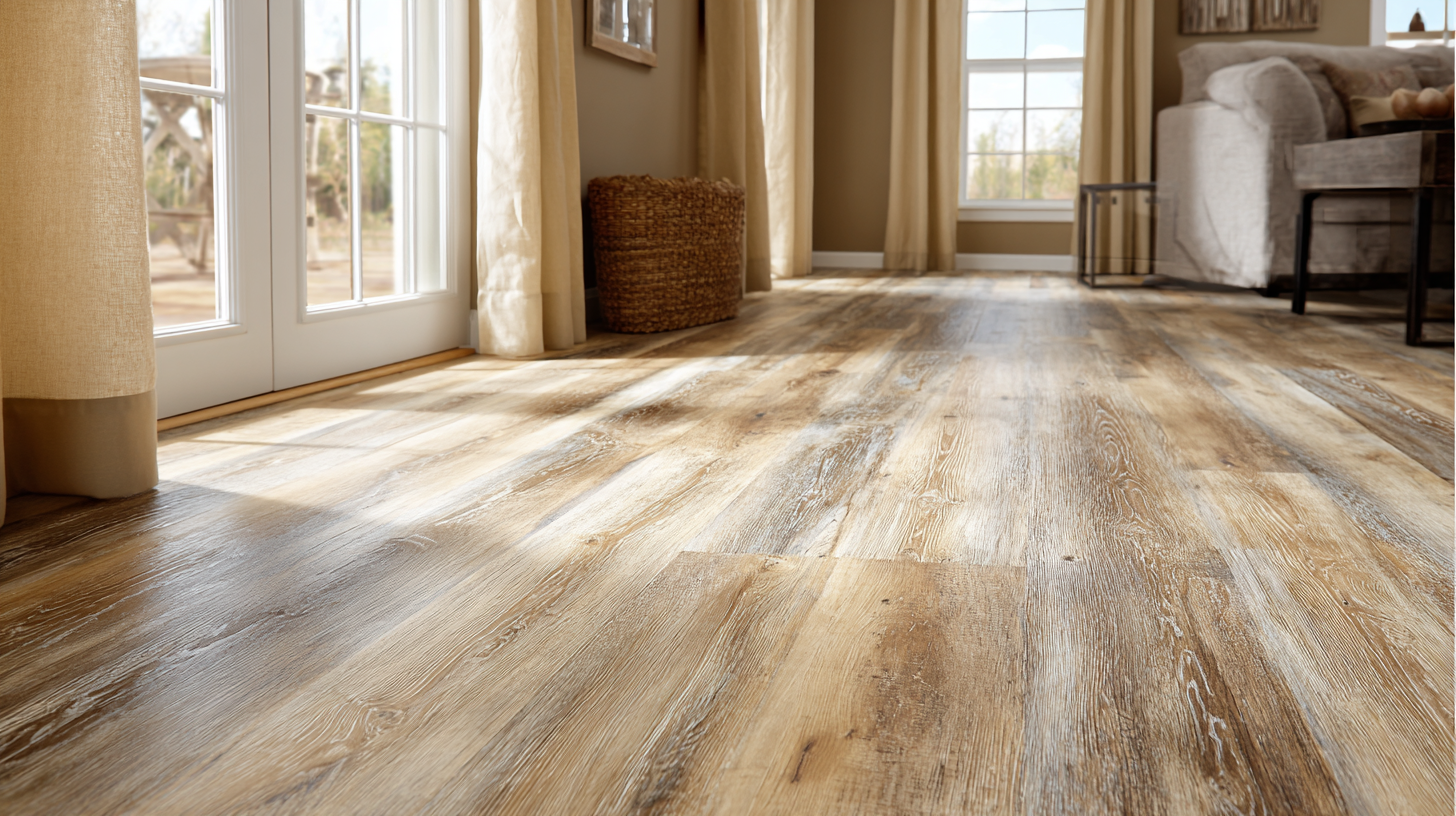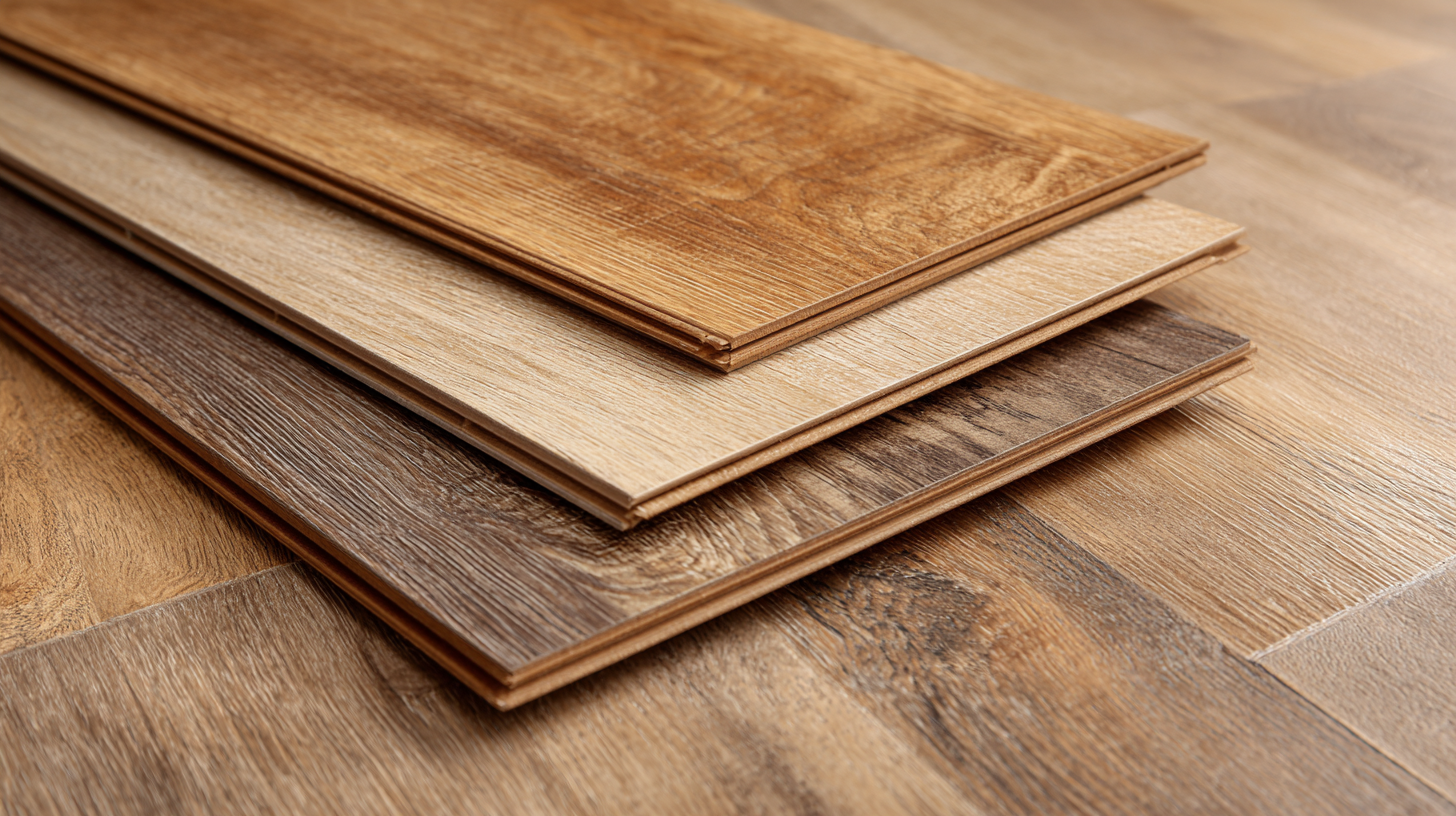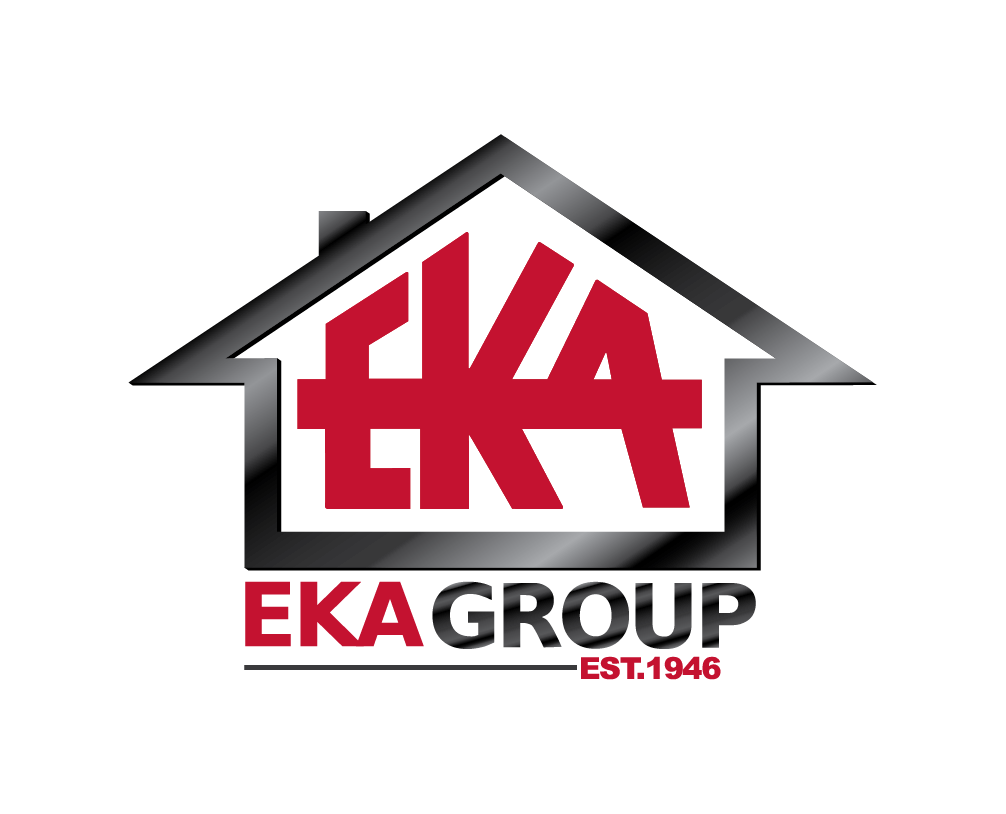
Understanding Industry Standards When Choosing the Best Lvt Plank Flooring
 When selecting the best LVT plank flooring, understanding industry standards is crucial for making an informed decision. According to the Resilient Floor Covering Institute, the luxury vinyl tile (LVT) market is projected to reach $25 billion by 2027, driven by its durability, versatility, and aesthetic appeal. As homeowners and commercial entities alike seek out flooring options that combine style with practicality, it becomes vital to consider various factors such as wear layer thickness, design options, and installation methods that adhere to industry standards. By familiarizing oneself with these benchmarks, consumers can ensure that their choice in LVT plank flooring not only enhances the beauty of their spaces but also meets the performance and longevity expectations characteristic of high-quality products.
When selecting the best LVT plank flooring, understanding industry standards is crucial for making an informed decision. According to the Resilient Floor Covering Institute, the luxury vinyl tile (LVT) market is projected to reach $25 billion by 2027, driven by its durability, versatility, and aesthetic appeal. As homeowners and commercial entities alike seek out flooring options that combine style with practicality, it becomes vital to consider various factors such as wear layer thickness, design options, and installation methods that adhere to industry standards. By familiarizing oneself with these benchmarks, consumers can ensure that their choice in LVT plank flooring not only enhances the beauty of their spaces but also meets the performance and longevity expectations characteristic of high-quality products.
Key Technical Specifications to Consider for LVT Plank Flooring
When selecting the best LVT (Luxury Vinyl Tile) plank flooring, understanding key technical specifications is essential. One of the most important factors to consider is the wear layer thickness, measured in mils. A thicker wear layer generally signifies better durability, making it ideal for high-traffic areas. Look for LVT planks with a wear layer of at least 20 mils for residential use, and 30 mils or more for commercial applications. This not only enhances the flooring's resistance to scratches and stains but also prolongs its lifespan.

Another crucial specification is the product's overall thickness. The standard thickness for LVT planks ranges from 3mm to 8mm. Thicker planks often provide better noise insulation and comfort underfoot, making your space feel cozier. Additionally, check for specifications related to the planks' dimensional stability, which indicates how well the flooring will resist expanding or contracting due to changes in temperature and humidity. This stability is particularly important in areas prone to moisture, such as kitchens and bathrooms, ensuring your flooring remains beautiful and functional over time.
Comparative Analysis of Industry Standards for LVT Products
When selecting the best LVT plank flooring, understanding industry standards is crucial. A comparative analysis reveals the variations in quality, durability, and design that different LVT products offer. The U.S. resilient flooring market showcases a diverse range of products, including luxury vinyl tile, vinyl sheet, and rubber, among others. Each product type has its own set of industry standards that dictate performance and longevity, making it essential to review these specifications before making a choice.
Tips for Selecting LVT Flooring: First, always check for certifications that meet or exceed industry standards, as this ensures the product has been rigorously tested for quality and safety. Second, consider the environmental impact of the flooring; look for low-VOC (volatile organic compound) options to ensure healthier indoor air quality. Finally, think about the warranty offered by manufacturers, as a longer warranty often reflects confidence in the product's durability and performance.
The Asia Pacific flooring market, projected to expand significantly by 2030, highlights the growing demand for various flooring types, including ceramics, vinyl, and LVT. Understanding regional trends and consumer preferences can further guide the selection process, ensuring that your LVT flooring not only meets aesthetic desires but stands up to the test of time.
Step-by-Step Guide to Evaluating LVT Plank Durability and Performance
When evaluating LVT plank flooring, focusing on durability and performance is crucial to ensure you make the best choice for your space. Start by examining the wear layer thickness, which typically ranges from 6 to 20 mils. A thicker wear layer can provide better protection against scratches and dents, making it ideal for high-traffic areas. Additionally, consider the flooring's resistance to moisture, as this can significantly impact longevity, especially in kitchens and bathrooms.
Tip: Always check for warranties, as they often reflect the manufacturer's confidence in their product's durability. A good warranty can provide peace of mind and assurance that the flooring will withstand everyday use.
Next, look for the ASTM ratings, which assess the flooring's performance in various conditions. Higher ratings indicate better resilience against wear and environmental factors. Evaluate the plank's construction, as multi-layer designs generally offer superior stability and support, which can prevent warping and fading over time.
Tip: When shopping, sample different textures and finishes to find the one that not only fits your aesthetic preferences but also meets your performance needs. Testing these aspects in person can help you visualize how well the flooring will hold up in your home.
Understanding the Importance of VOC Ratings in LVT Flooring Choices
When selecting LVT (Luxury Vinyl Tile) flooring, understanding VOC (Volatile Organic Compounds) ratings is crucial for creating a healthy indoor environment. VOCs are chemicals often released from flooring materials, which can lead to poor air quality and potential health issues. Opting for LVT with low or zero VOC emissions ensures that your living space remains free from harmful pollutants.

Tips for choosing the right flooring include checking for certifications such as FloorScore or Greenguard, which indicate lower levels of VOCs. Additionally, consider products that are specifically labeled as “low-VOC” or “no-VOC” to further ensure a healthier choice. It’s also beneficial to inquire about the manufacturer’s commitment to sustainability, as eco-friendly practices often correlate with better emissions ratings.
Before making a purchase, always ask for detailed VOC test results and compare different brands. Look for independent lab tests to verify performance claims. By prioritizing VOC ratings, you not only promote better air quality but also contribute to a more sustainable flooring solution that safeguards the health of your family and the environment.
Best Practices for Selecting the Right LVT Plank for Your Space
When selecting the right LVT plank flooring for your space, it’s crucial to consider the specific needs of your environment. According to the Resilient Floor Covering Institute (RFCI), LVT is popular for its durability and versatility, making it suitable for both residential and commercial applications. For instance, high-traffic areas such as retail stores and healthcare facilities typically require LVT planks with a thicker wear layer—ideally between 20 to 30 mils—ensuring they can withstand the rigors of daily use while maintaining their aesthetic appeal.
Additionally, the selection process should also take into account the design and installation methods. A report by the International Floor Covering Association (IFCA) indicates that the right choice can significantly impact both the lifespan and maintenance of the flooring. For example, planks with a click-lock installation method offer the advantage of easier installation and repairs, while glue-down options tend to provide greater stability in high-moisture areas. It's essential to choose a product that not only matches your design preferences but also adheres to industry standards for performance, ensuring that your investment in LVT flooring pays off in the long run.

